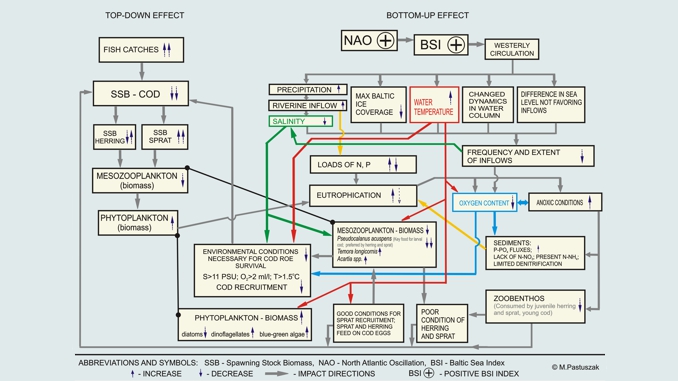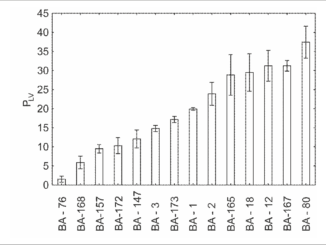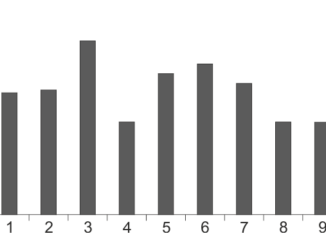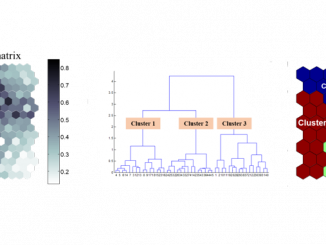
Paper category: Original research paper
Corresponding author: Marianna Pastuszak (mpastuszak@mir.gdynia.pl)
DOI: 10.1515/ohs-2018-0015
Received: August 30, 2017
Accepted: October 30, 2017
Full text: here
Citation (APA style):
Abstract
Eutrophication of the Baltic Sea is considered a major threat to its ecological status. We present and discuss Polish riverine flow normalized loads of total nitrogen (TN) and total phosphorus (TP) discharged into the Baltic Sea in (i) 1988–2014, (ii) periods of maximum TN (1992–1994), TP (1988–1991) emission, (iii) the reference period (1997–2003) established by the Helsinki Commission (HELCOM), (iv) 2012–2014, last years of our study. Despite considerable nutrient load reductions prior to the HELCOM reference period, Poland is expected to reduce TN and TP loads by 30% and 66%, respectively. In the light of our historical and up-to-date findings defining ecological status of the Baltic Sea, we suggest that the proposed TP load reduction is overestimated and its realization may lead to (i) undesirable consequences for the Baltic ecosystem, (ii) would require a decline in TP concentrations to 0.067 mg P dm−3 (the Vistula River) and 0.083 mg P dm−3 (the Oder River), values reported for pre-industrial times. The current nutrient concentrations in the Vistula and Oder safely comply with the requirements of the Water Framework Directive. We also comment on the top-down and bottom-up effect resulting in quantitative and qualitative reorganization of the Baltic ecosystem, a phenomenon already observed in the Baltic Sea.




Bądź pierwszy, który skomentuje ten wpis